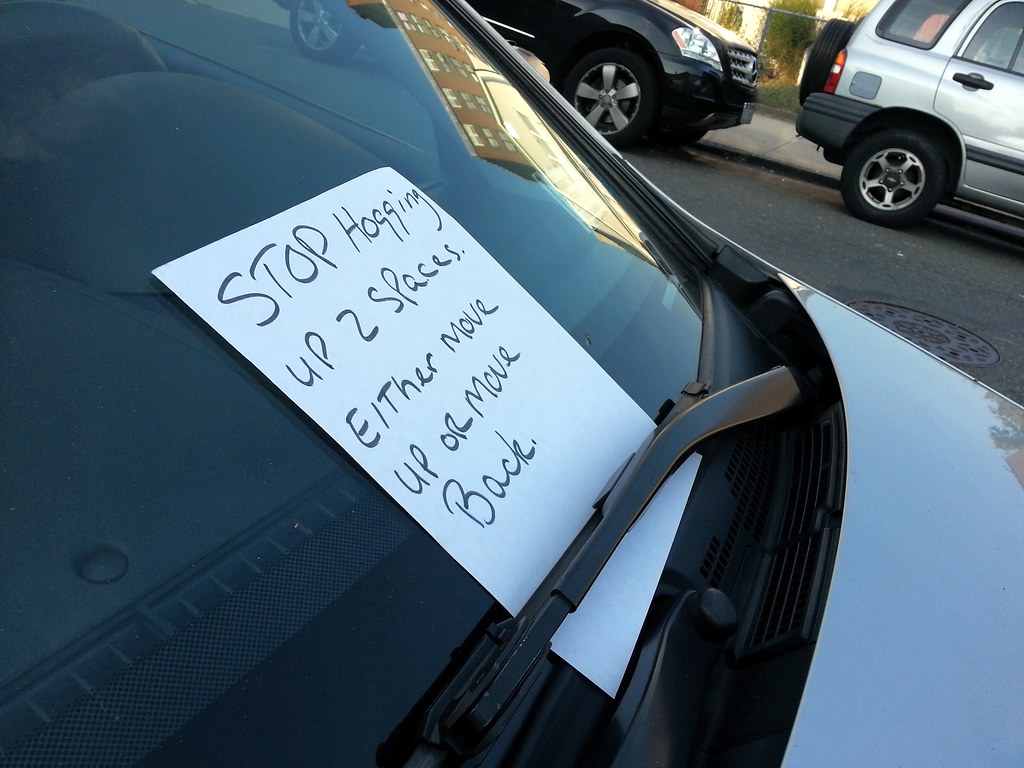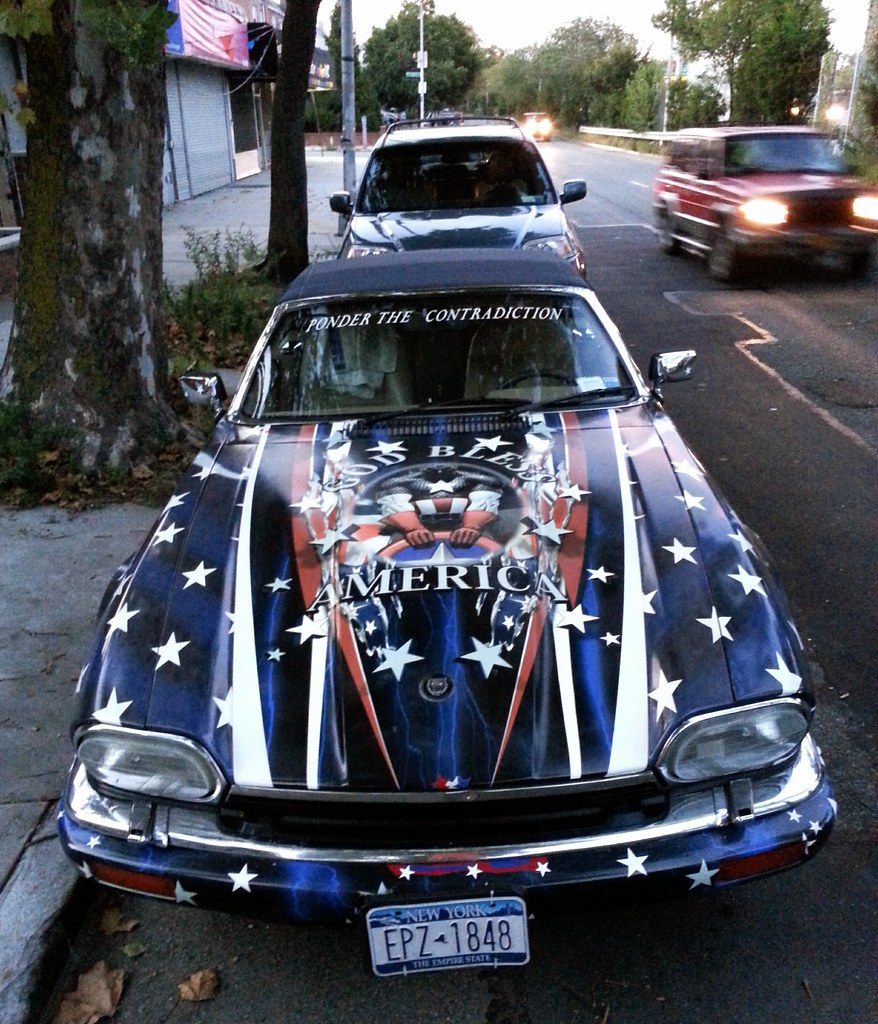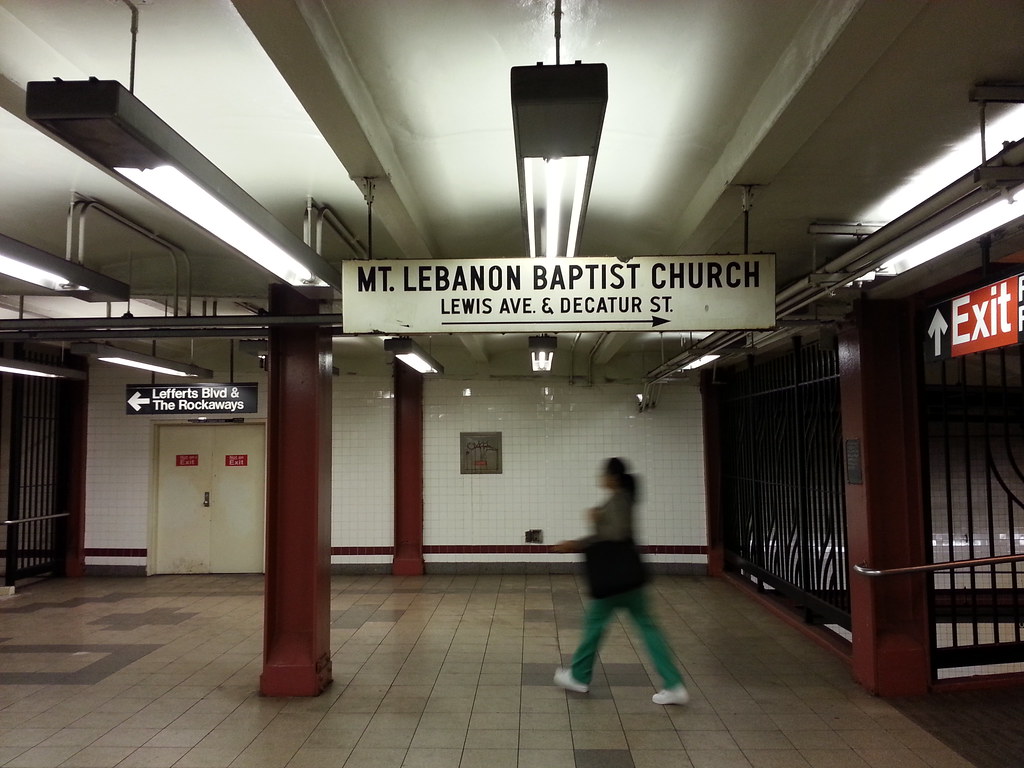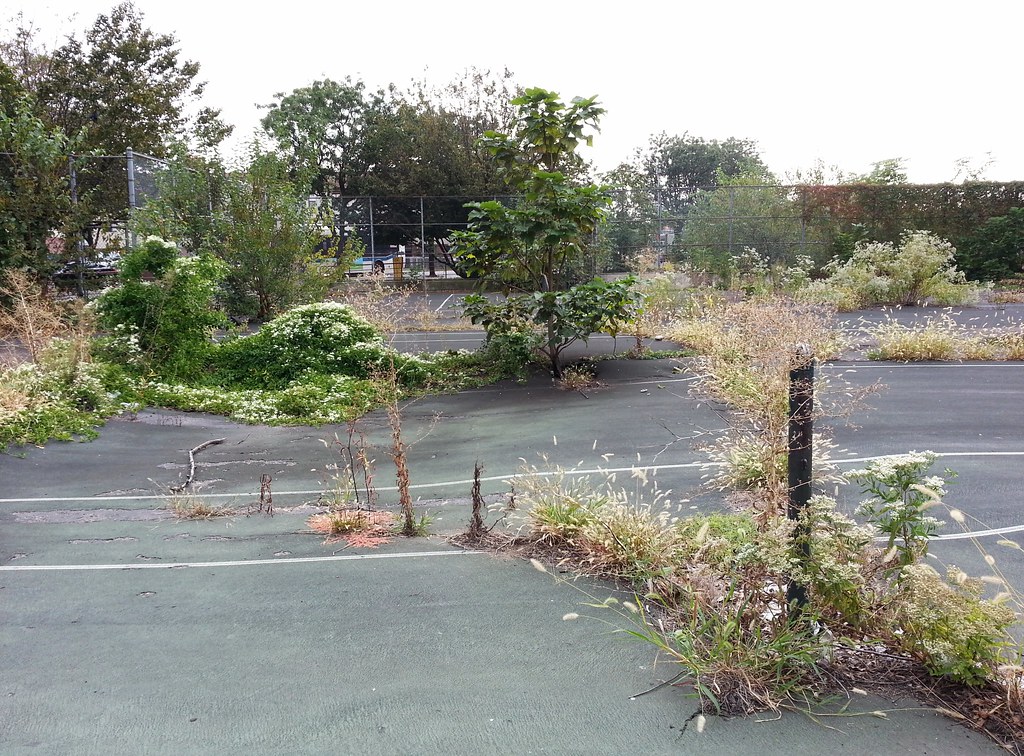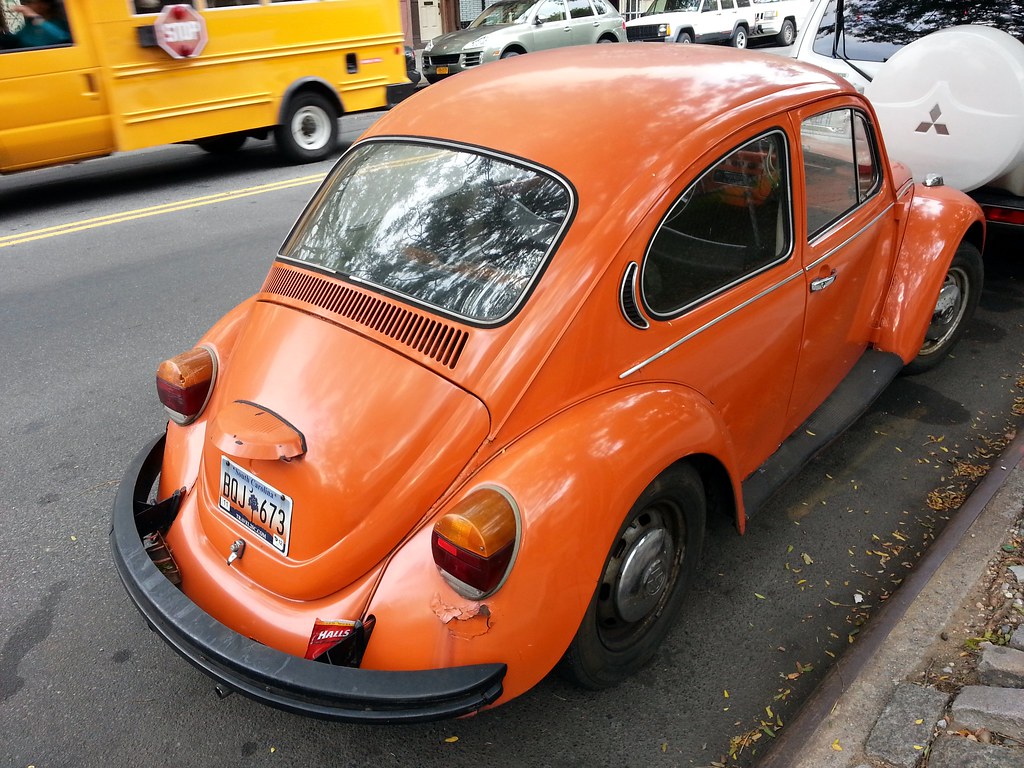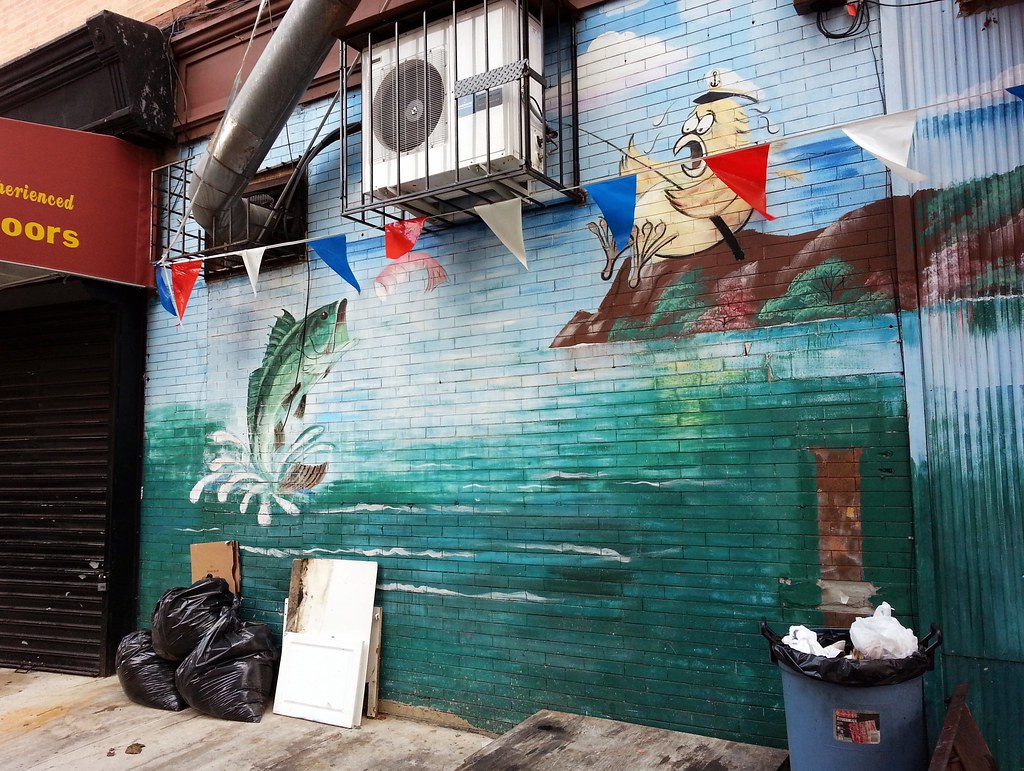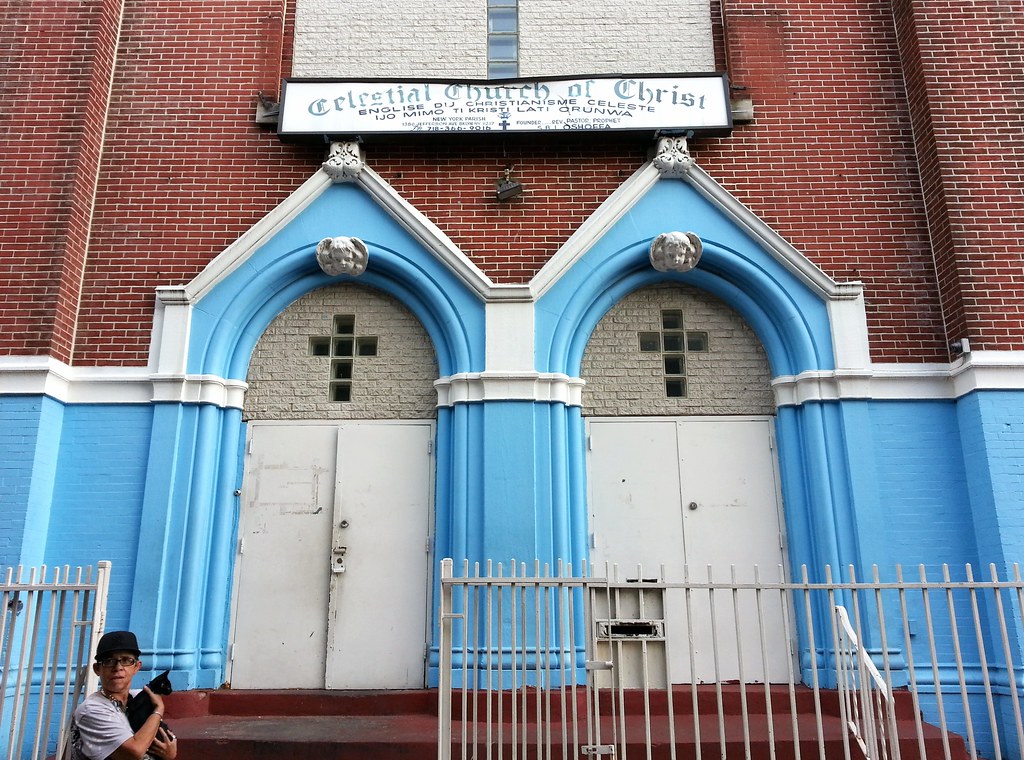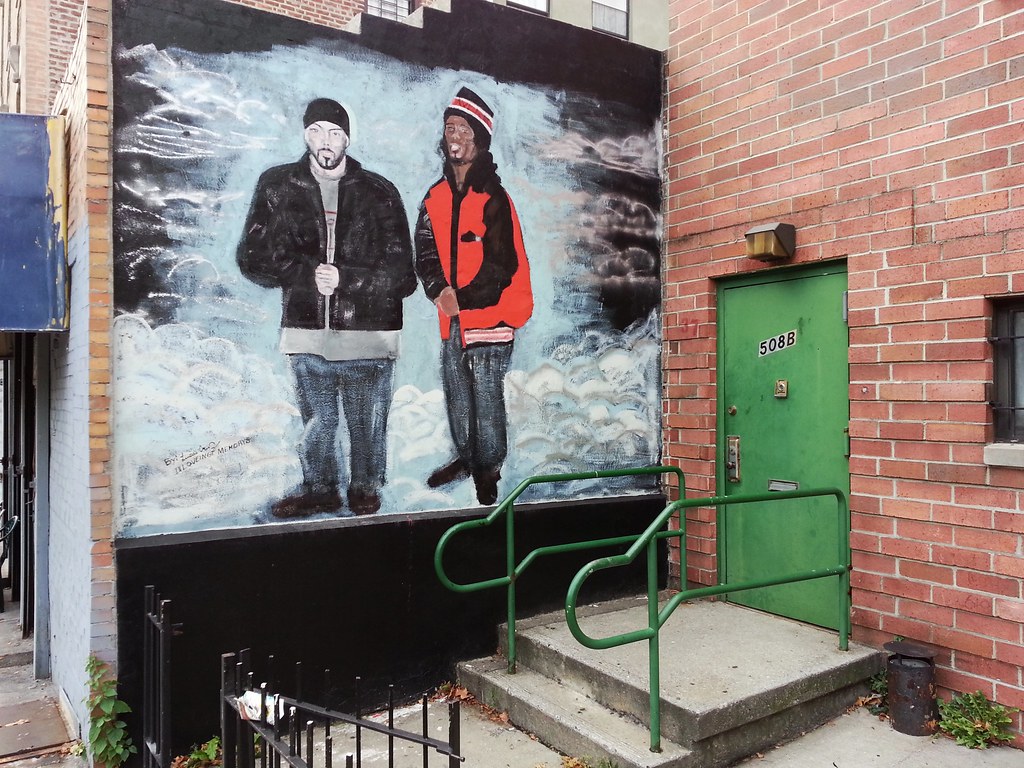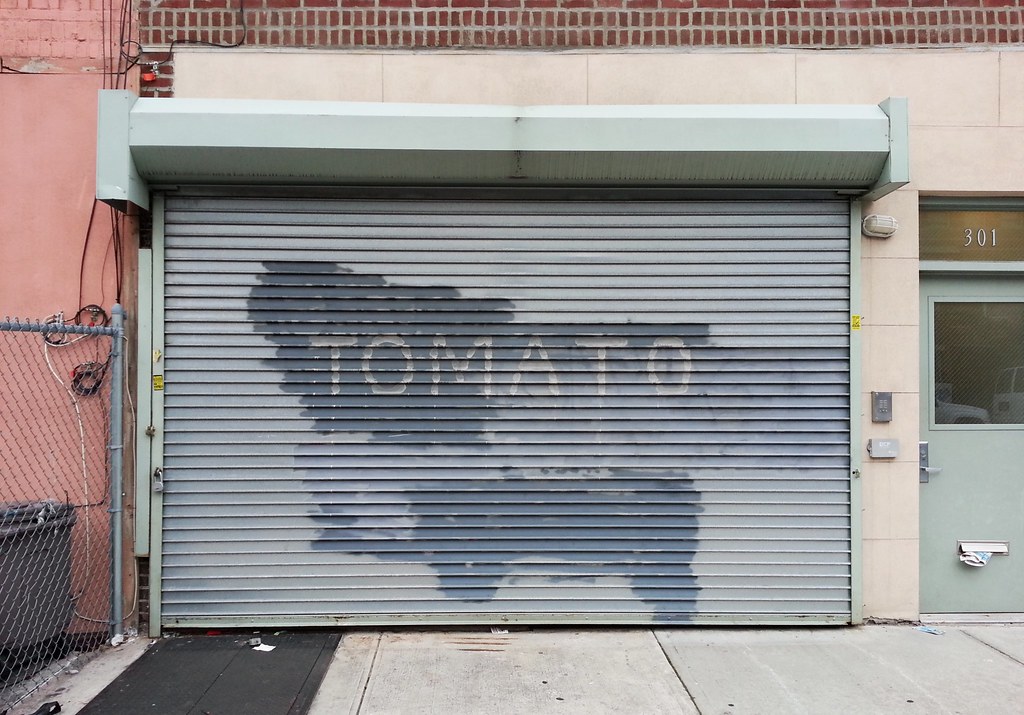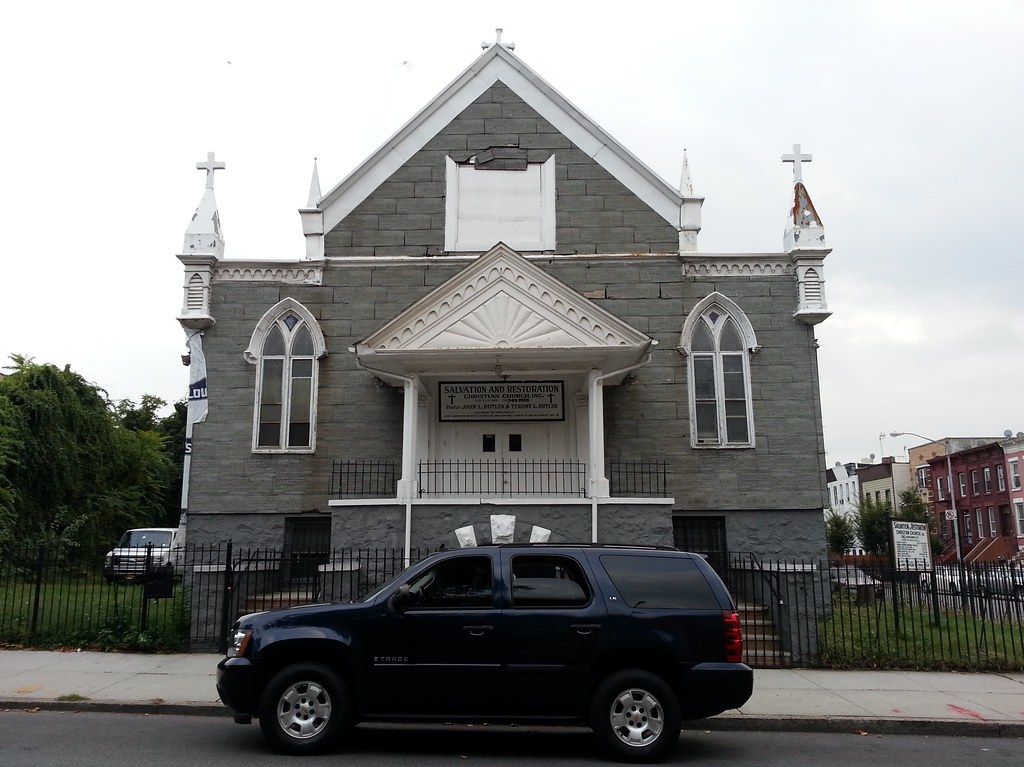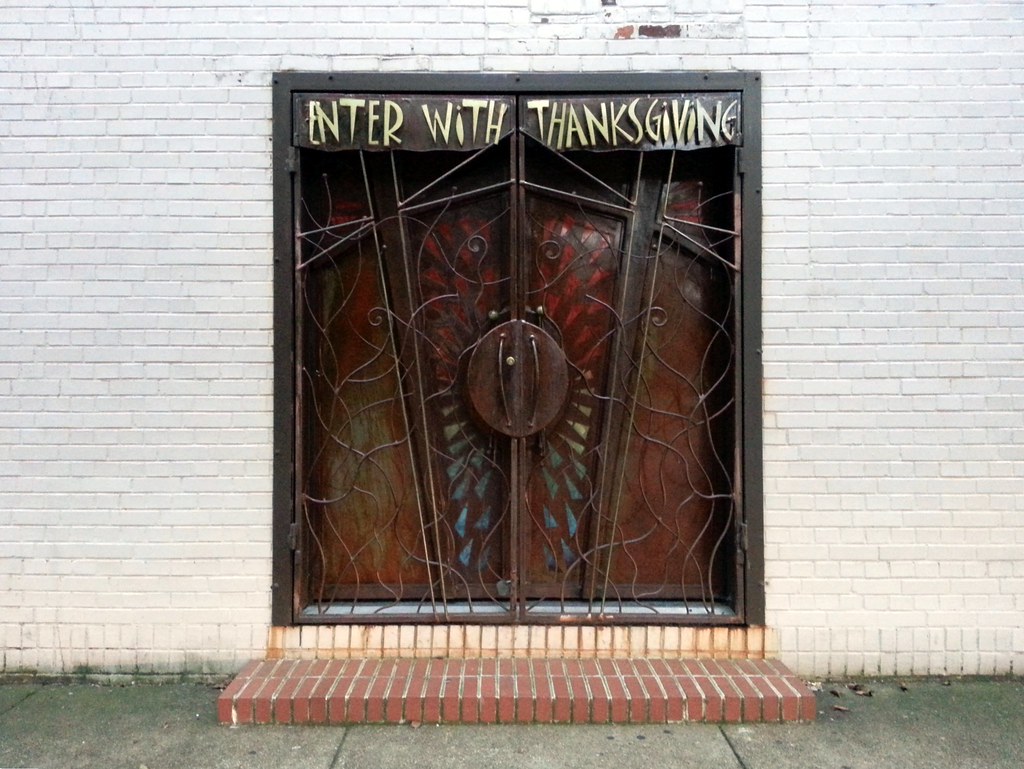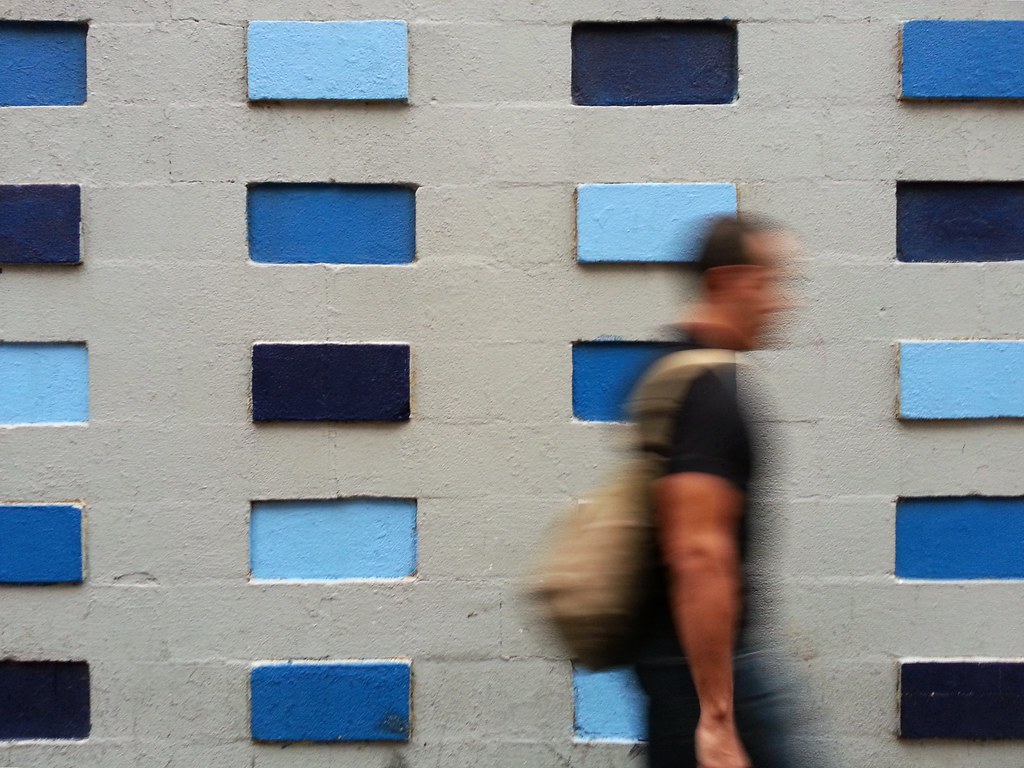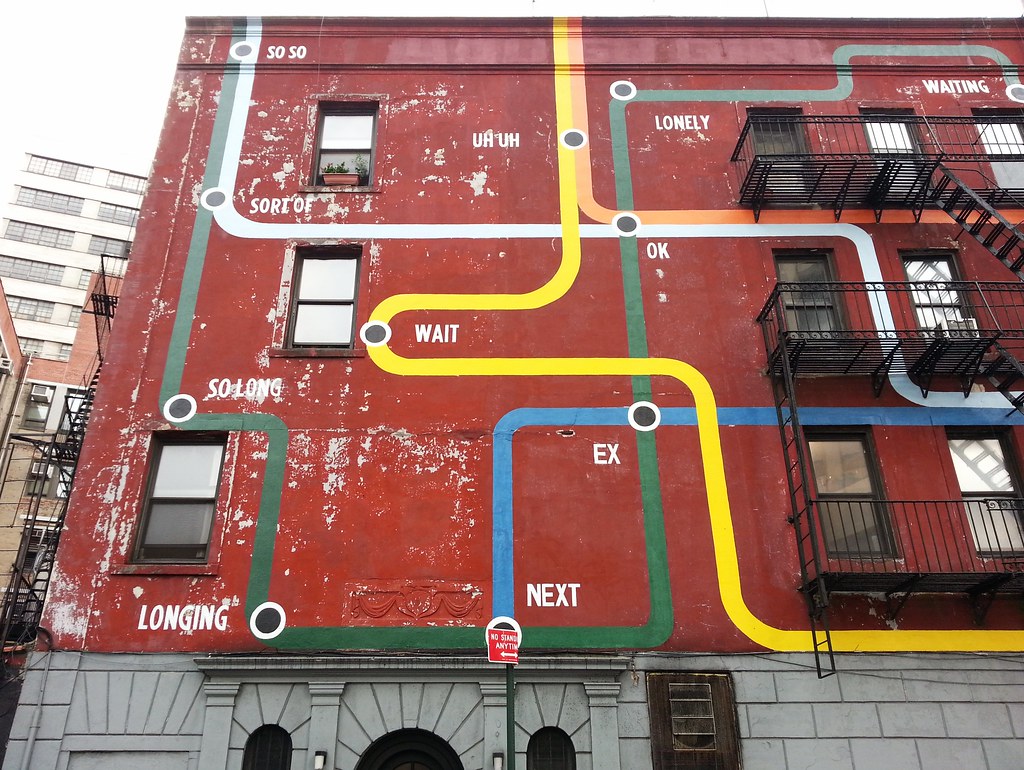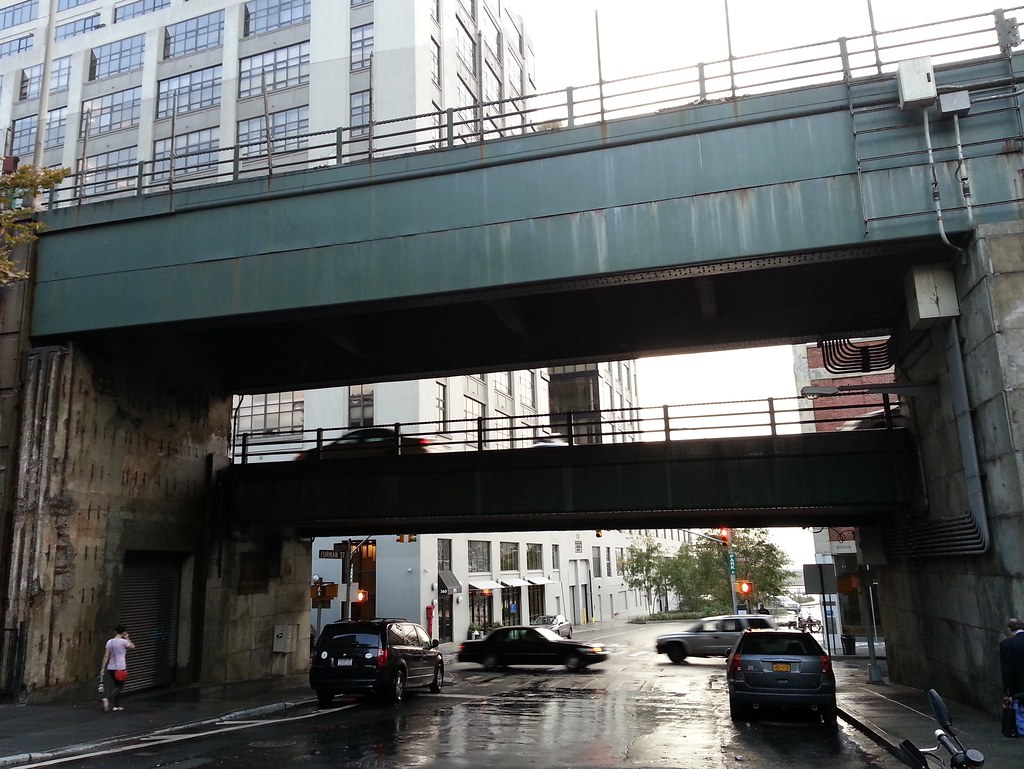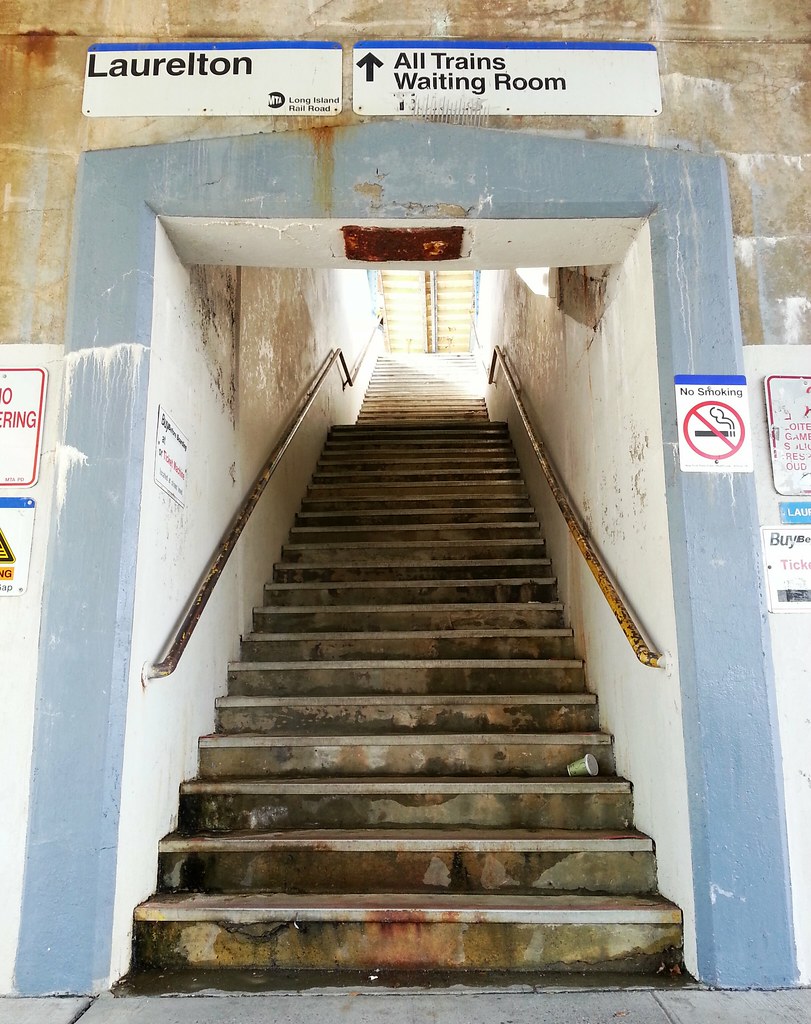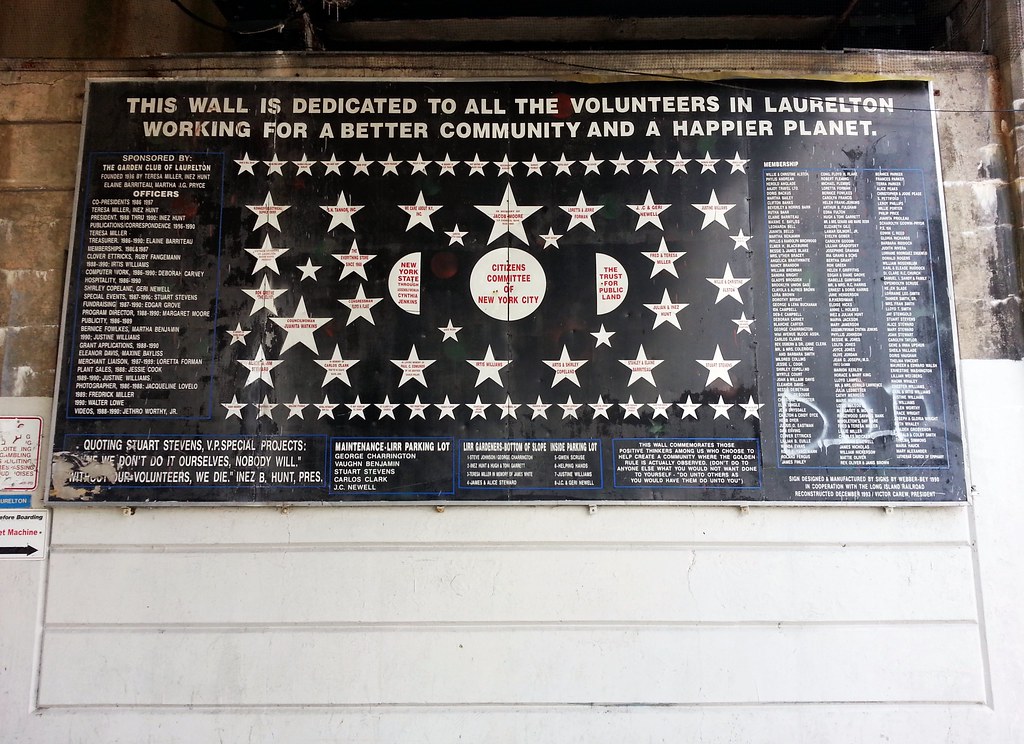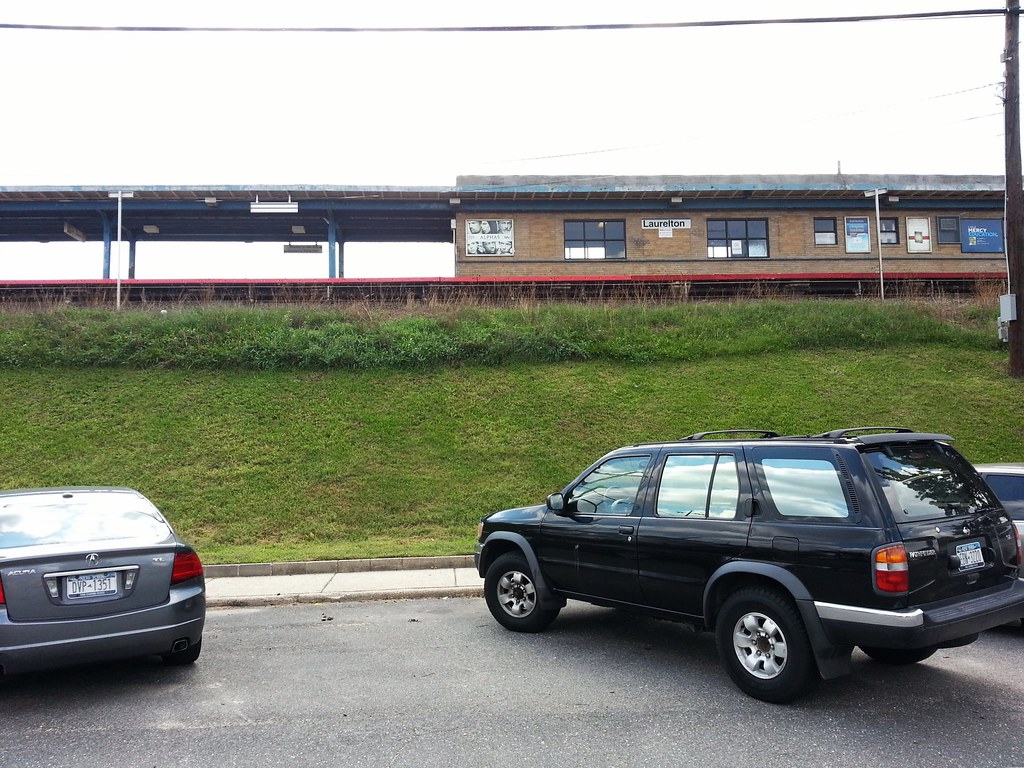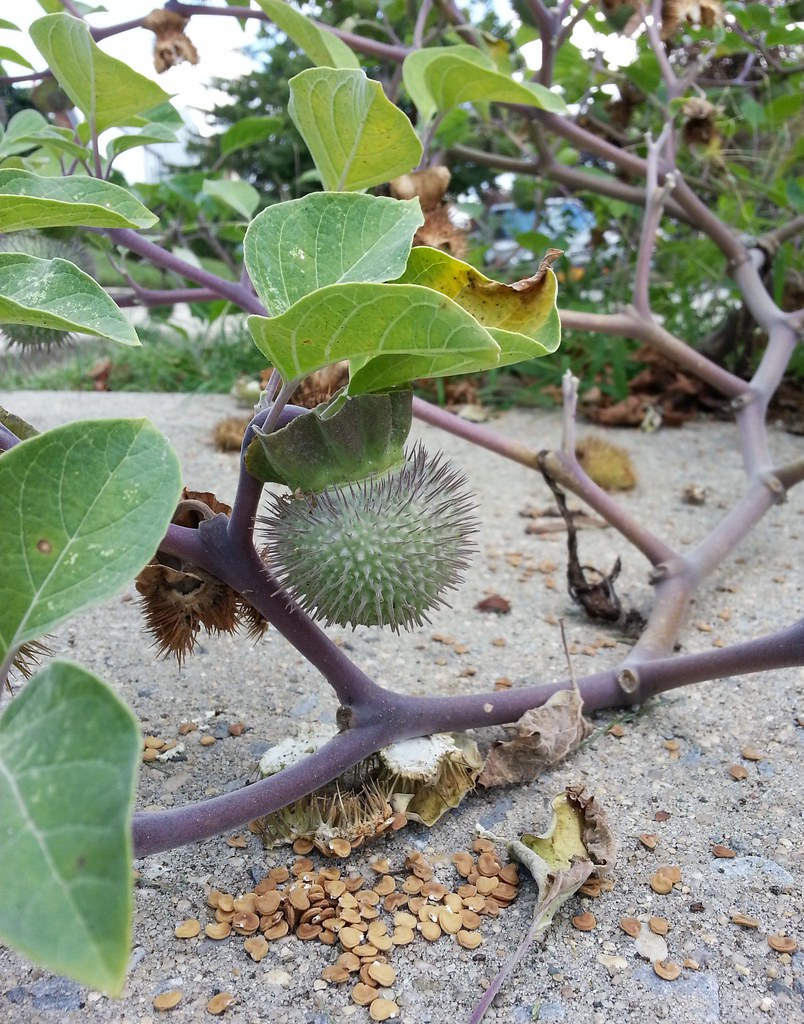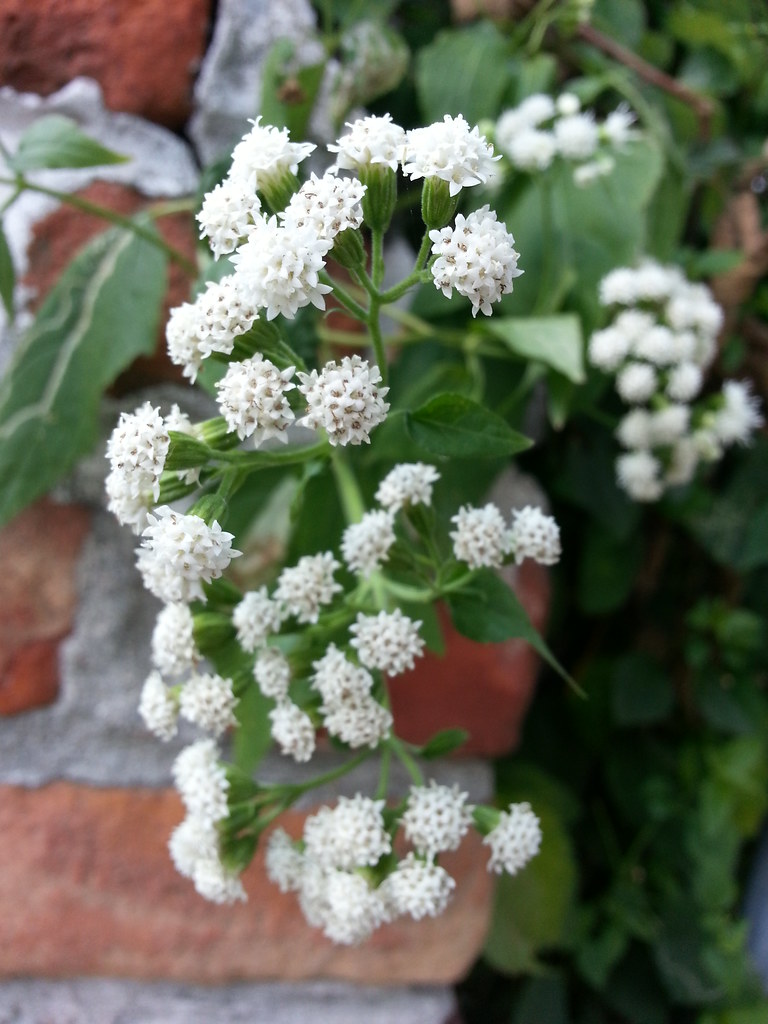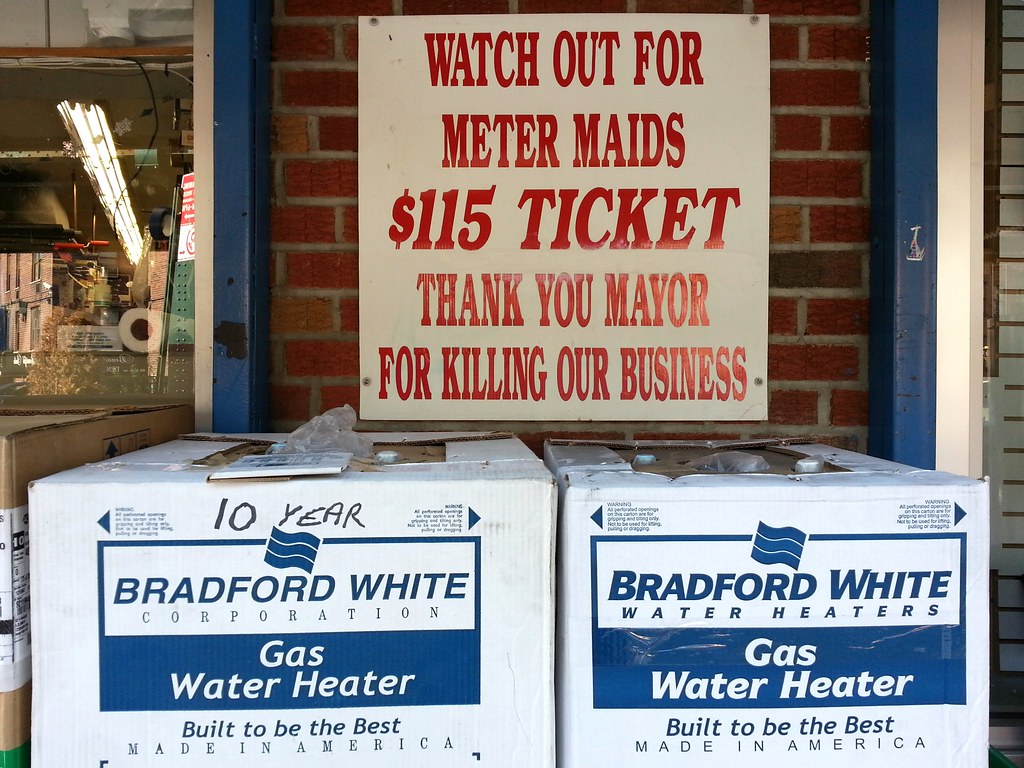
This business apparently relies on illegally parked customers.

It's taken them a while, but the persimmons are finally starting to show some color.

This entire plant is poisonous, with the exception of the fleshy red arils surrounding the seeds. I had heard them described as "edible and sweet", so I tried one. It was definitely edible, but its hint of sweetness did little to combat its overwhelmingly slimy goopiness. Overall: not a pleasant dining experience.

Upon request, the FDNY will install a perforated spray cap (like this one) on your hydrant free of charge, but sometimes you just can't wait that long. Especially when you find yourself in possession of a drill and some beer.

This pillar features three bas-relief panels representing the US land (above), sea, and air forces that served in World War I.
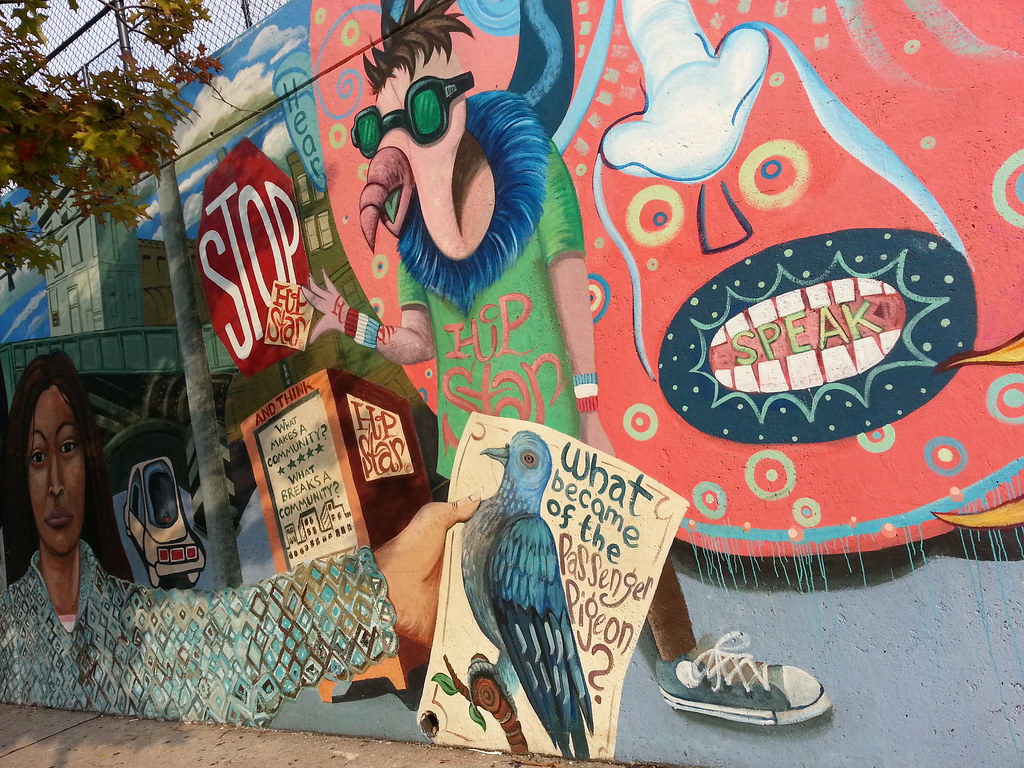
This vulture-like "hip star" is located just around the corner from these three pieces. You can explore the whole mural here.
And in case you're wondering, this is what became of the passenger pigeon.
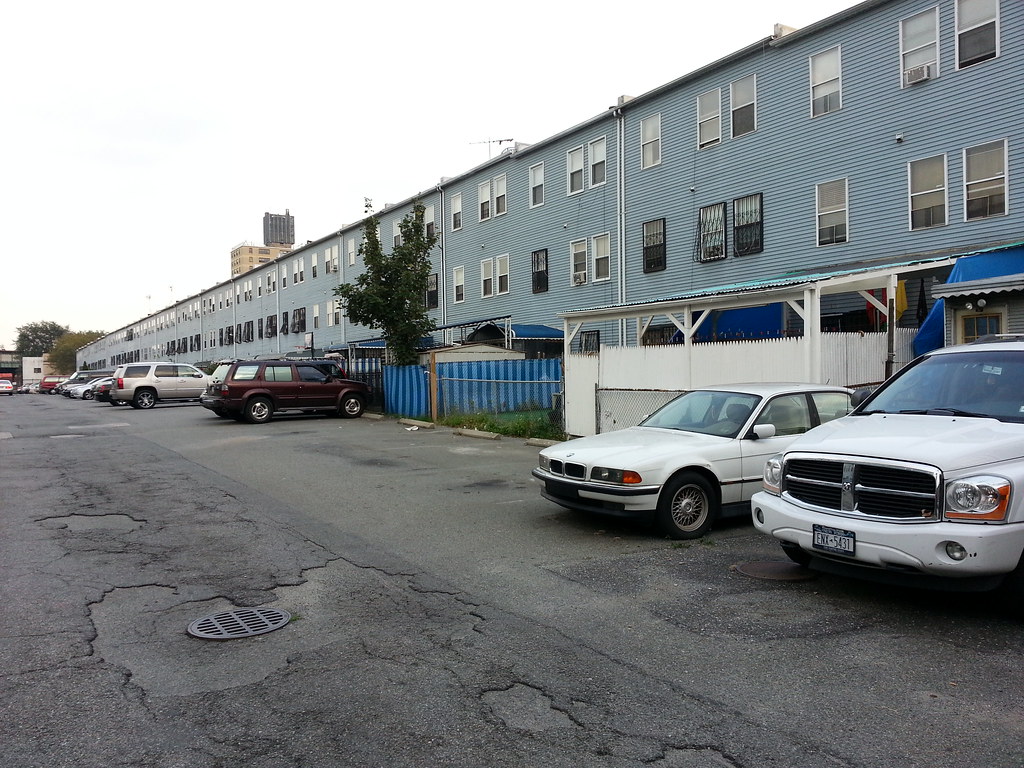
Built in the early '90s amid a "sad stereotype of big-city blight", this was one of Bed-Stuy's first middle-income housing developments.
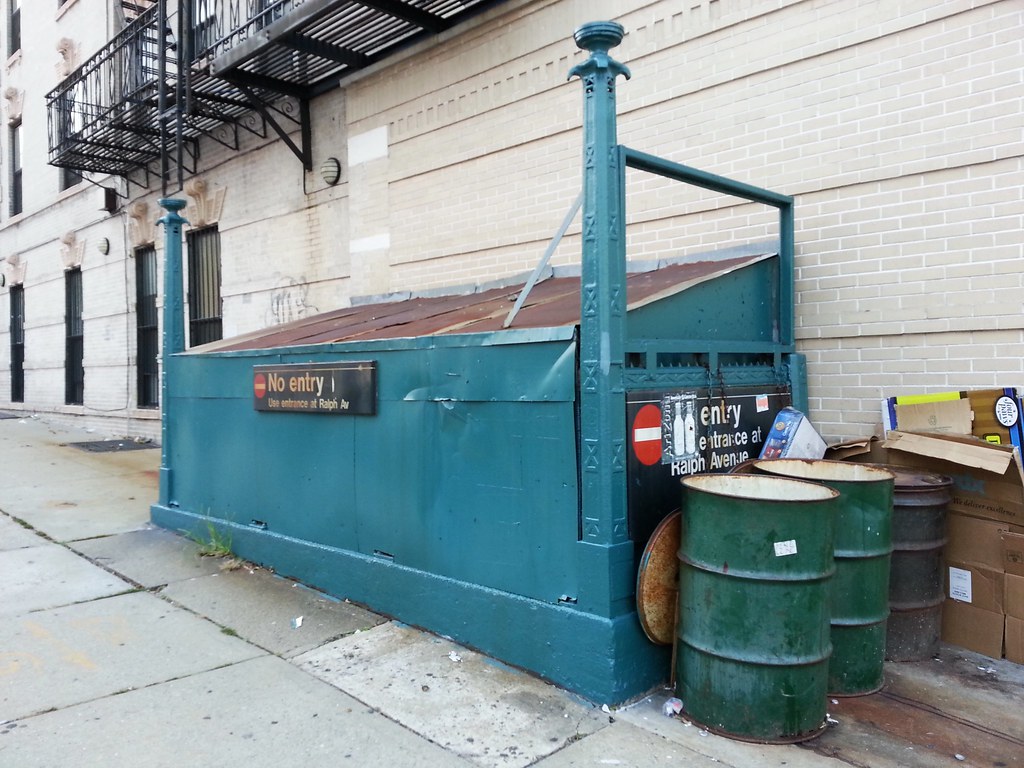
A former entrance to the Ralph Avenue station on the Fulton Street Line
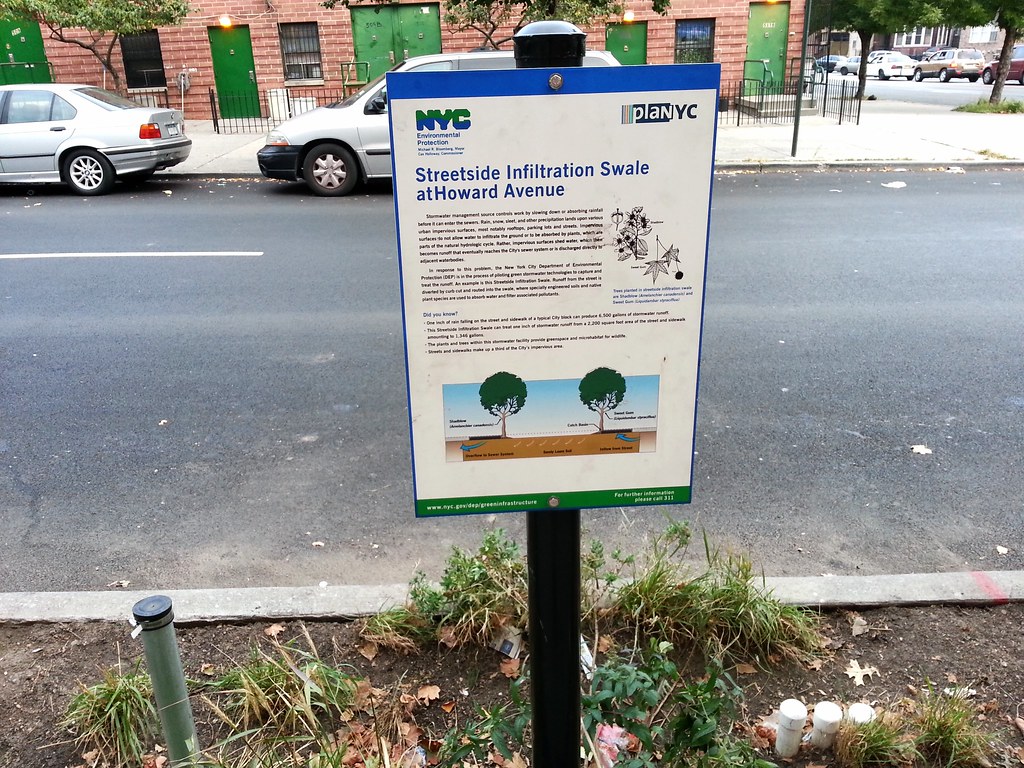
The sign reads: "Runoff from the street is diverted by curb cut and routed into the swale, where specially engineered soils and native plant species are used to absorb water and filter associated pollutants."
This avian tornado is a sure sign of a nearby rooftop coop. Check out these amazing photos of New York pigeon keepers and their flocks, as well as these great interviews with "rooftop pigeon guys".

The last remaining block of one of Brooklyn's oldest roads

It's a fairly nondescript row house at first glance, but as the glances add up you start to wonder about the blacked-out windows, unusual front doors, and bright red subway standpipe connection (which is blocked from view by that little black hatchback).
As it turns out, this building is actually an incognito fan plant and emergency exit for the subway system. It stands above the Brooklyn end of the Joralemon Street Tunnel, which carries the 4 and 5 trains between Brooklyn and Manhattan, and it was converted from a residential building into a ventilation station around 1908 when the tunnel opened. (Pay no mind to the post-9/11 paranoiac security concerns voiced in the NY Times article linked above. This structure's location is hardly a secret; in fact, the Times itself had printed its address previously.)
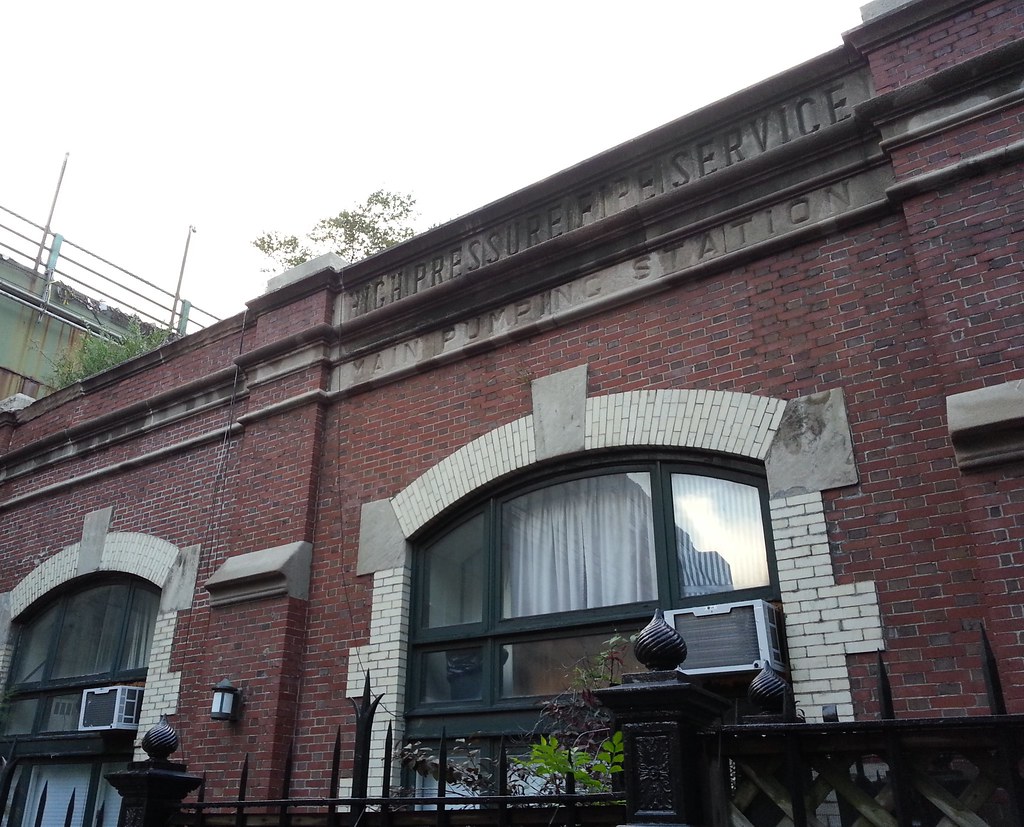
In the early years of the 20th century, the city began installing networks of high-pressure water mains and hydrants in the business districts of Manhattan and Brooklyn and in Coney Island to improve firefighting capabilities in those areas. The mains were pressurized by pumping stations like this one on Joralemon Street. This station was also equipped to draw salt water from the nearby harbor in the event that the supply of fresh water from the city were cut off by some accident or disaster.
Advances in fire-truck pumping technology eventually rendered the high-pressure system redundant. The pumping stations were abandoned by the late 1950s; the old Joralemon station has since been converted into the rather dopily named Pumphouse Mews town houses.
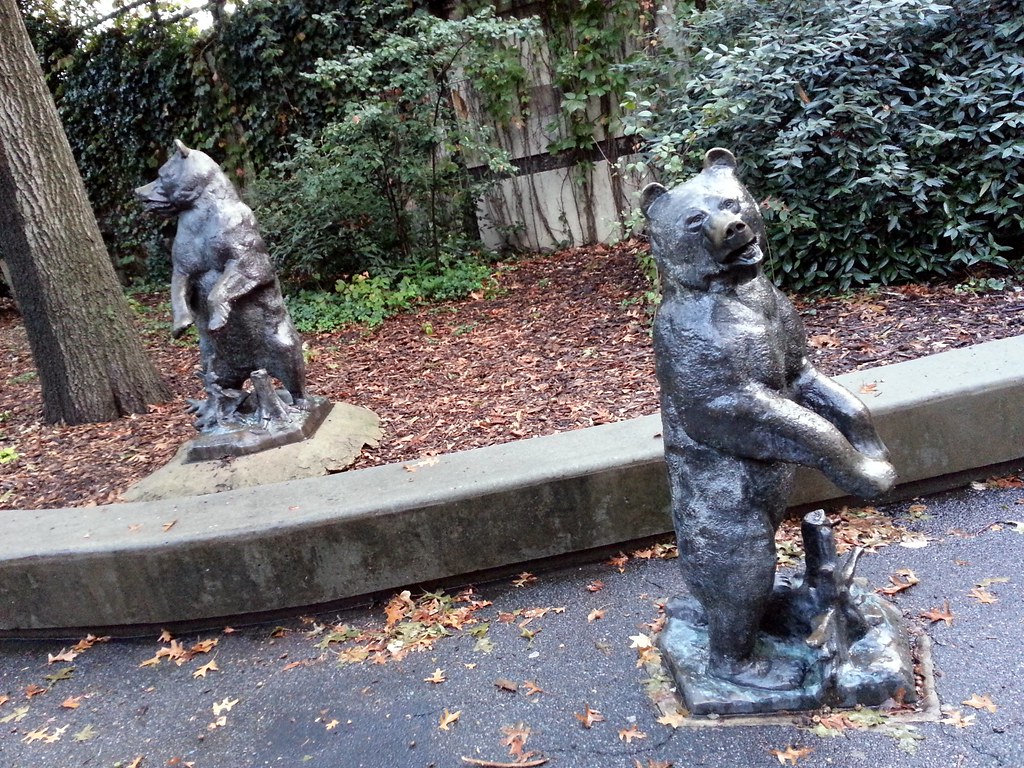
While these goofy dancing bears are an obvious sign of Henry Stern's influence, a more subtle trace of his unusual personality can be found in the very name of the park in which said bears are doing their frolicking. It was once known as Atlantic Playground, simply (and boringly) inheriting the name of an adjacent street: Atlantic Avenue. But, as we've learned, Mr. Stern was not a fan of straightforward, unimaginative appellations. As told on the Parks Department's website, here's the tortuous route he took to get to Palmetto:
Palmetto Playground’s nomenclature was inspired by the names of the surrounding streets: Atlantic Avenue, Columbia Place, and State Street. Columbia is the capitol of South Carolina, an Atlantic state, and the state tree is the Cabbage Palmetto, hence, Palmetto Playground.UPDATE: On May 3, 2013, Palmetto Playground was renamed Adam Yauch Park in honor of the late member of the Beastie Boys.



